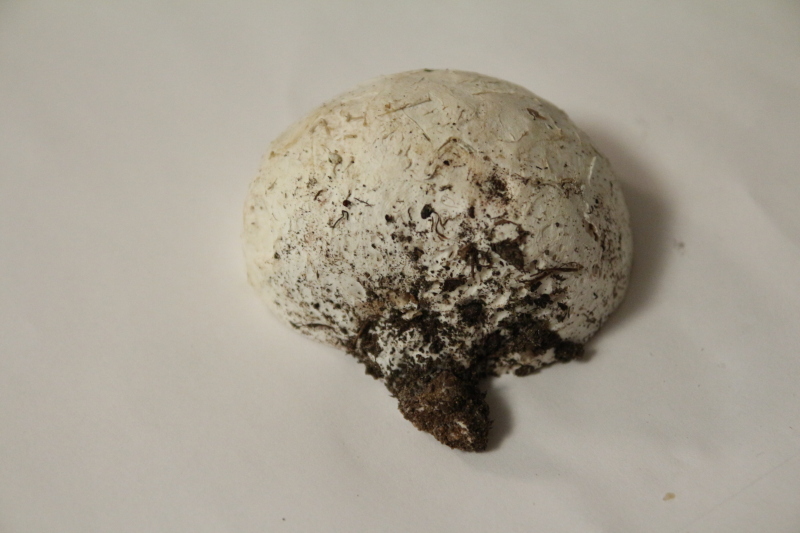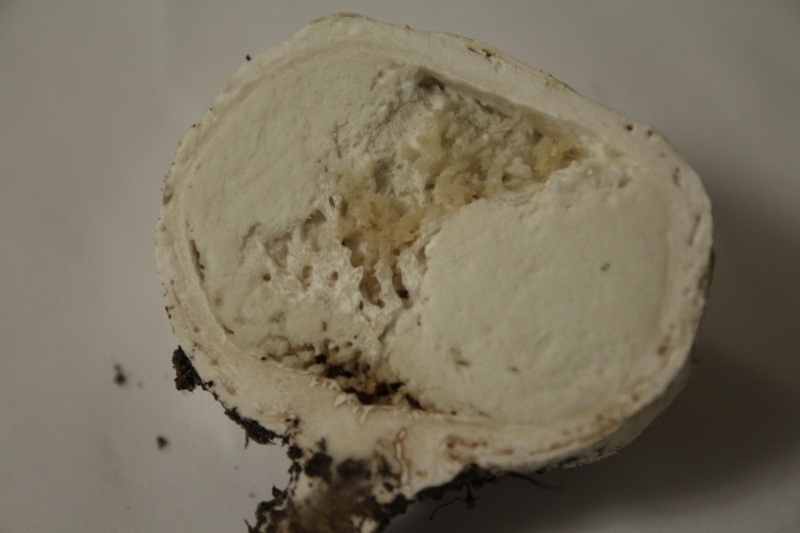I've spent the past day working on my newest Poweredge R620 acquisition, and trying to nail down what things I can do without checking. Google has shown me that everyone seems to be having similar issues regardless of brand or model. Gone are the days when a rack server could be fully booted in 90 seconds. A big part of my frustration has been when the USB memory sticks are inserted to get firmware updated before I put this machine in production, easily driving times up to 15-20 minutes just to get to the point where I find out if I have the right combination of BIOS/EUFI boot parameters for each individual drive image.
I currently have this machine down to 6:15 before it starts booting the OS, and a good deal of that time is spent sitting here watching it at the beginning, where it says it's testing memory but in fact hasn't actually started that process yet. It's a mystery what exactly it's even doing.
At this point I've turned off the lifecycle controller scanning for new hardware, no boot processes on the internal SATA or PCI ports, or from the NICs, memory testing disabled... and I've run out of leads. I don't really see anything else available to turn off sensors and such. I mean it's going to be a fixed server running a bunch of VMs so there's no need for additional cards although some day I may increase the RAM, so I don't really need it to scan for future changes at every boot.
Anyway, this all got me thinking... it might be fun to compare notes and see what others have done to improve their boot times, especially if you're also balancing your power usage (since I've read that allowing full CPU power during POST can have a small effect on the time). I'm sure different brands will have different specific techniques, but maybe there's some common areas we can all take advantage of? And sure, ideally our machines would never need to reboot, but many people run machines at home only while being used and deal with this issue daily, or want to get back online as quickly as possible after a power outage, so anything helps...


What kind of crops are you going to grow at 125°? That's still within OP's specification of triple digits and with temps getting hotter we're likely to see a lot more of this happening within our lifetime.